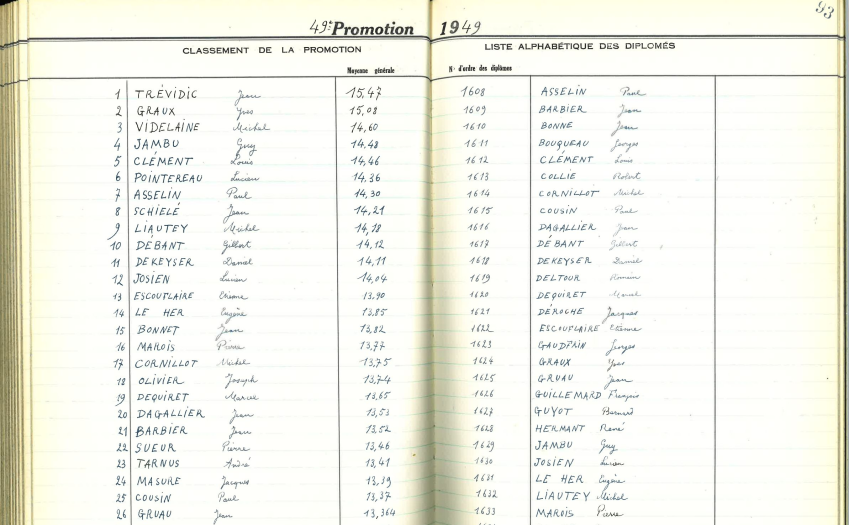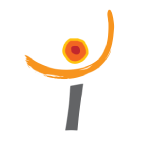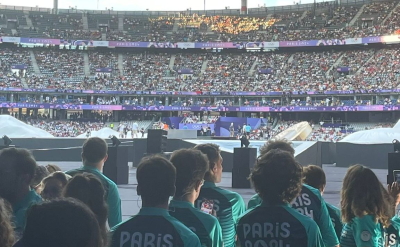News
 Scores and rankings for the 49th promotion
Scores and rankings for the 49th promotion
What were Icam courses like in 1949?
21 October 2024
Portraits
Published by
Ghislaine MOURAIT
Viewed 250 times
A little history, Bernard Utard, class of '49, did us the immense honor and pleasure of contacting the association. You discovered the first facet of his story, "A typical day at Icam", in the...
You must be logged in to read more










